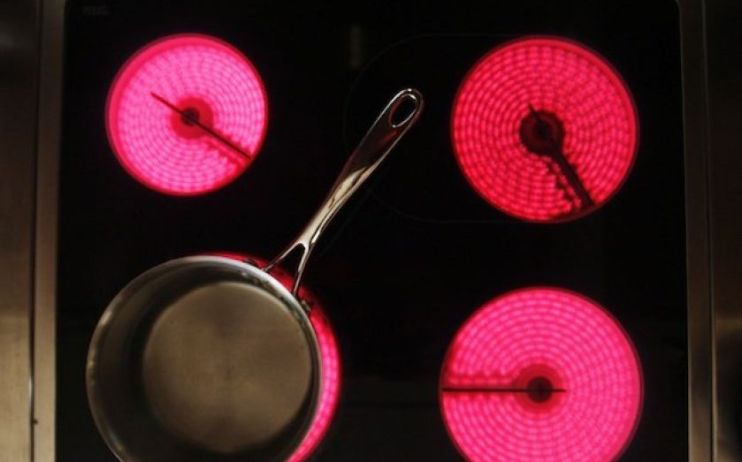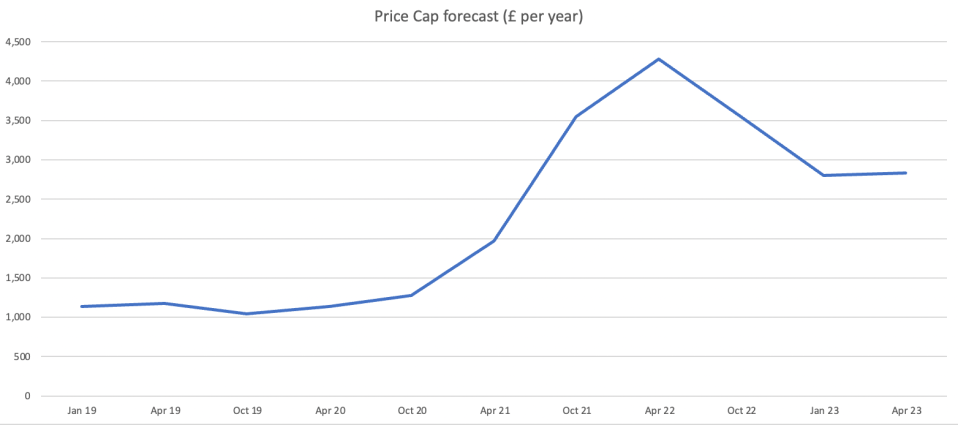Government must shield vulnerable households if price cap drops

The Government needs to move away from blanket measures of support for energy users and provide more targeted protection to ensure vulnerable households are shielded from ultra-high bills if the price cap falls, warned Cornwall Insight.
Dr Craig Lowrey, principal consultant at the energy specialist recognised that the predicted fall in the energy price cap will, “effectively see the scheme no longer costing the Government.”
However, Cornwall Insight still predicts the support package is on course to cost £37bn over its 18-month duration, around half the cost of the Government’s Covid-19 furlough scheme.
| QUARTERLY | Q2 2023 (Apr – Jun) | Q3 2023 (Jul-Sept) | Q4 2023 (Oct – Dec) |
| Electricity | £1,725.51 | £1,243.91 | £1,308.02 |
| Gas | £1,819.80 | £1,556.26 | £1,527.14 |
| TOTAL | £3,545.31 | £2,800.16 | £2,835.16 |
This hefty fee will have to be met by taxpayers, while energy bills are still expected to historically very high and potentially leave millions of Brits exposed to fuel poverty.
He said: “It is clear that blanket measures of bill support are not providing adequate protection for the most vulnerable and more targeted measures including social tariffs may be something for the government to consider.
“While the details of future support are best left up to the judgement of politicians, the forecasts demonstrate we must look beyond the current policy if we are to see a fairer, more cost-efficient and enduring way of reducing household energy bills for those who need it the most.”

His comments follow Cornwall Insight’s latest prediction the price cap is set to fall below the protection levels of the Government’s support package later this year.
This could potentially save the Government billions of pounds over the second half of 2023.
The forecaster confirmed its predictions for the default tariff cap today over the course of 2023.
It suggests energy bills for average use will settle at around £2,800 per year for the second half of 2023.
…we must look beyond the current policy if we are to see a fairer, more cost-efficient and enduring way of reducing household energy bills for those who need it the most.
Dr Craig Lowrey – Cornwall Insight
While this is above the current £2,500 per year rate of protection in the Energy Price Guarantee, it is £200 less than the £3,000 support level for average use from April 2023 to April 2024.
Cornwall Insight is now predicting the cap will slide from £4,279 per year this quarter to £3,545 per year in April before dropping to £2,800 per year in the third quarter before rising slightly to £2,835 per year in the winter.
This is in line with the group’s commentary yesterday, when Cornwall Insight spoke to City A.M. yesterday about the expected fall in the price cap and energy bills.

Price cap dips as gas prices finally ease
The latest developments are a sharp contrast to previous predictions for 2023, when energy forecasters were predicting energy bills of over £4,000 per year in estimates made last summer and autumn.
Despite the drop-off, energy bills will still be beyond conventional levels – more than double the cap levels prior the energy crisis.
For context, following the collapse of dozens of suppliers, energy bills climbed from £1,277 per year to a record £,1971 per year in April 2022.
This now pales in comparison to current rates of £2,500 per year for average use in the Energy Price Guarantee, and the monster £4,279 per year cap for January – March.
The next announcement for the price cap is not expected until March, when Ofgem convenes to establish the second quarter’s energy price cap.
The drop in the cap reflects easing gas prices, with a delayed reaction in the price cap which is established through seasonal contracts rather than spot market pricing.
This is because energy suppliers typically buy their energy ahead of time (known as hedging) to comply with the cap.
The Government has been approached for comment.